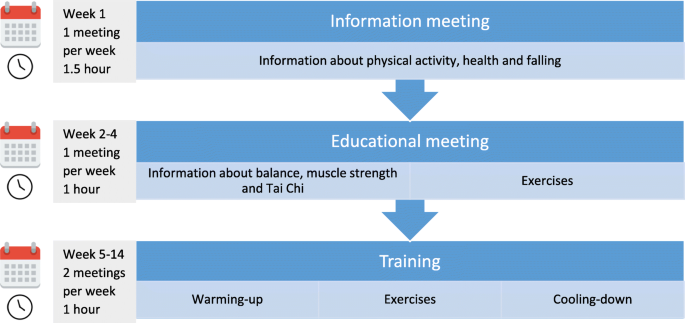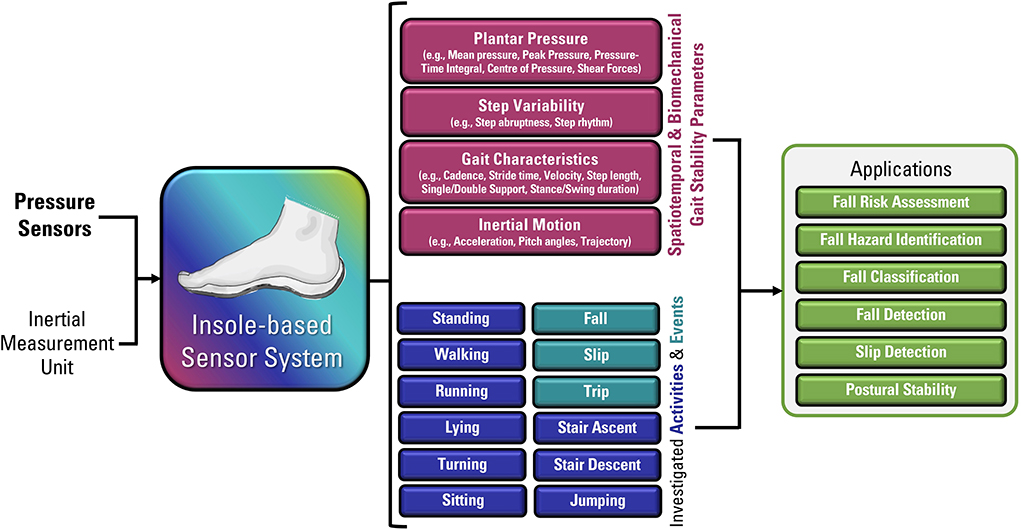The Of Dementia Fall Risk
Table of ContentsThe Of Dementia Fall RiskDementia Fall Risk for BeginnersTop Guidelines Of Dementia Fall RiskThe 5-Minute Rule for Dementia Fall Risk
A fall threat evaluation checks to see how most likely it is that you will drop. It is primarily provided for older adults. The analysis usually consists of: This consists of a series of concerns about your total health and if you have actually had previous drops or problems with balance, standing, and/or strolling. These tools evaluate your toughness, balance, and stride (the way you walk).Treatments are recommendations that might reduce your threat of dropping. STEADI consists of three actions: you for your threat of falling for your risk variables that can be improved to try to stop drops (for example, balance troubles, impaired vision) to reduce your danger of falling by utilizing effective strategies (for example, offering education and sources), you may be asked a number of concerns consisting of: Have you fallen in the past year? Are you fretted concerning dropping?
You'll sit down once more. Your provider will certainly examine just how long it takes you to do this. If it takes you 12 secs or even more, it might imply you go to higher threat for an autumn. This test checks strength and equilibrium. You'll sit in a chair with your arms went across over your upper body.
Move one foot halfway onward, so the instep is touching the big toe of your other foot. Relocate one foot totally in front of the various other, so the toes are touching the heel of your various other foot.
Getting My Dementia Fall Risk To Work
The majority of falls take place as an outcome of numerous adding elements; as a result, managing the risk of dropping starts with determining the elements that add to fall risk - Dementia Fall Risk. Several of the most relevant danger factors include: History of previous fallsChronic medical conditionsAcute illnessImpaired stride and balance, reduced extremity weaknessCognitive impairmentChanges in visionCertain high-risk drugs and polypharmacyEnvironmental elements can also boost the danger for falls, consisting of: Inadequate lightingUneven or harmed flooringWet or unsafe floorsMissing or damaged handrails and order barsDamaged or incorrectly equipped devices, such as beds, mobility devices, or walkersImproper use of assistive devicesInadequate supervision of the individuals living in the NF, including those that show hostile behaviorsA successful loss danger monitoring program needs a comprehensive scientific evaluation, with input from all members of the interdisciplinary team

The care strategy must additionally include interventions that are system-based, such as those that advertise a safe atmosphere (ideal illumination, hand rails, order bars, etc). The effectiveness of the treatments ought to be examined occasionally, and the treatment plan revised as necessary to mirror modifications in the fall danger analysis. Implementing a fall risk monitoring system utilizing evidence-based best method can reduce the prevalence of falls in the NF, while restricting the potential for fall-related injuries.
The Definitive Guide to Dementia Fall Risk
The AGS/BGS guideline recommends screening all grownups aged 65 years and older for fall threat each year. This testing includes asking people whether they have fallen 2 or even more times in the past year or looked for clinical attention for a loss, or, if they have not dropped, whether they really feel unsteady when walking.
Individuals that have actually fallen once without injury needs to have their Bonuses balance and stride assessed; those with gait or equilibrium irregularities ought to receive additional analysis. A background of 1 fall without injury and without stride or balance issues does not call for further assessment past ongoing yearly fall risk testing. Dementia Fall Risk. An autumn risk assessment is called for as component of the Welcome to Medicare assessment

The Buzz on Dementia Fall Risk
Recording a drops background is just one of the quality indicators for loss prevention and management. An essential component of danger assessment is a medicine testimonial. A number of courses of medicines raise loss threat (Table 2). Psychoactive medicines in certain are independent forecasters of drops. These medicines tend to be sedating, change the sensorium, and impair balance and stride.
Postural hypotension can typically be reduced by minimizing his response the dose of blood pressurelowering drugs and/or quiting medications that have orthostatic hypotension as an adverse effects. Use above-the-knee assistance pipe and copulating the head of the bed raised might likewise lower postural reductions in blood pressure. The advisable aspects of a fall-focused health examination are received Box 1.

A Yank time better than or equivalent to 12 seconds recommends high fall risk. Being incapable to stand up from a chair of knee height without utilizing one's arms indicates raised loss danger.